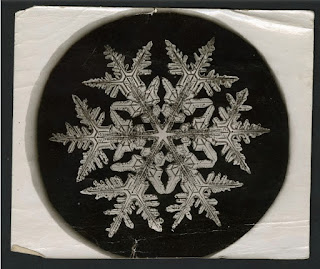- Orange juice sales rose 0.9% to 38.66 million gallons in the four weeks ended Jan. 20.
- That uptick marked the first year-over-year increase in nearly five years, according to Nielsen, though analysts don’t expect this trend to last much beyond flu season.
- Consumption has been dwindling over the past decade for a number of reasons.
- Greater public awareness of orange juice’s high sugar content has dented its image as a healthy drink.
- Flavored water, blended beverages like smoothies, and energy drinks such as Red Bull have made traditional fruit juices look staid in the eyes of many consumers, analysts say
- But the most severe flu outbreak in the U.S. in at least eight years has those worried about getting sick turning to this traditional source of vitamin C, helping boost sales for the first time since April 2013.
- Flu pandemics have aided orange juice sales before. In 2009, an outbreak of the H1N1 influenza virus, better known as swine flu, helped boosted sales by 8%.
- Scientific research, however, suggests only a tenuous connection between orange juice consumption and flu prevention.
Read the full article (by Julie Wernau in the WSJ) here.

























.jpg)




.gif)








